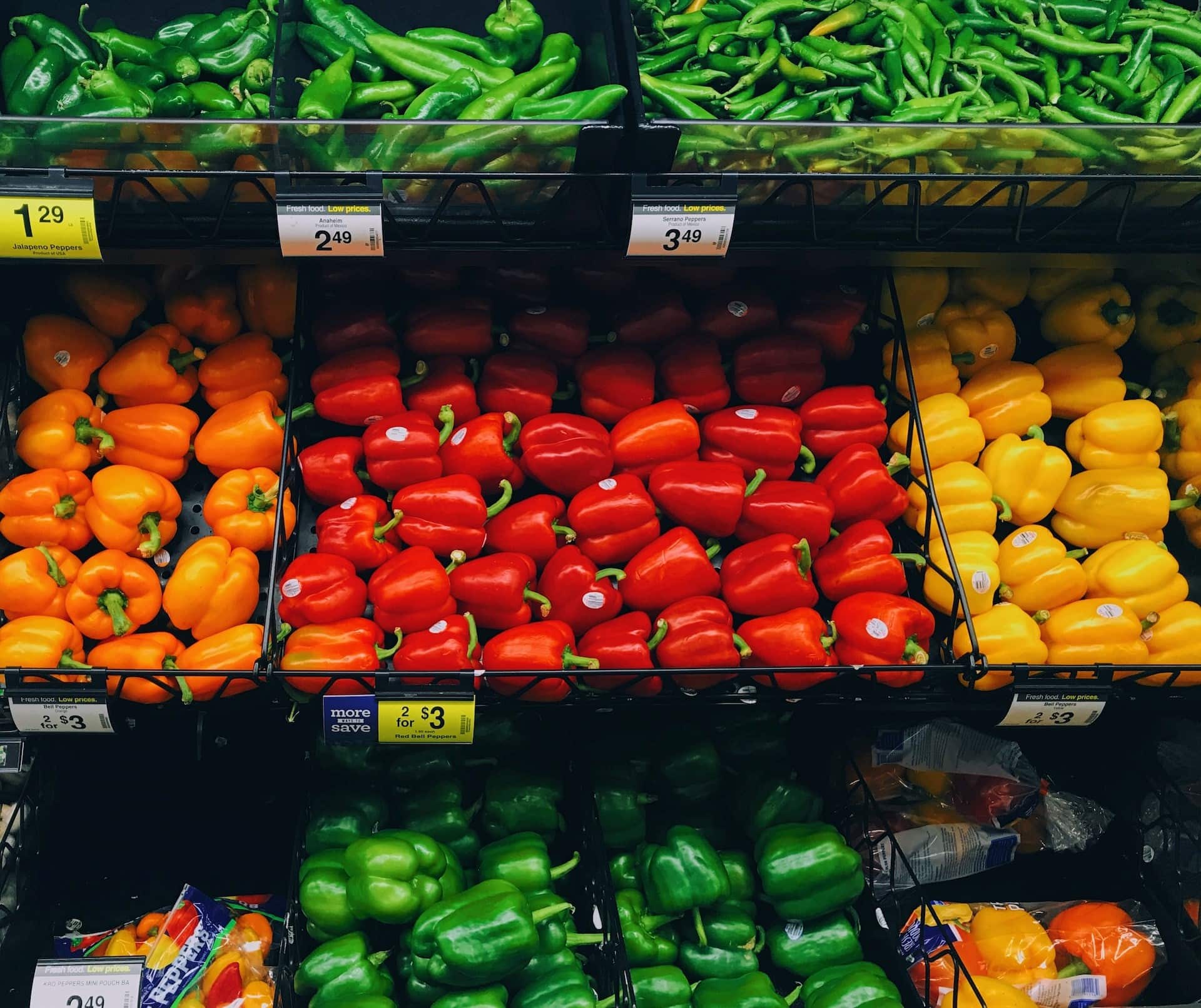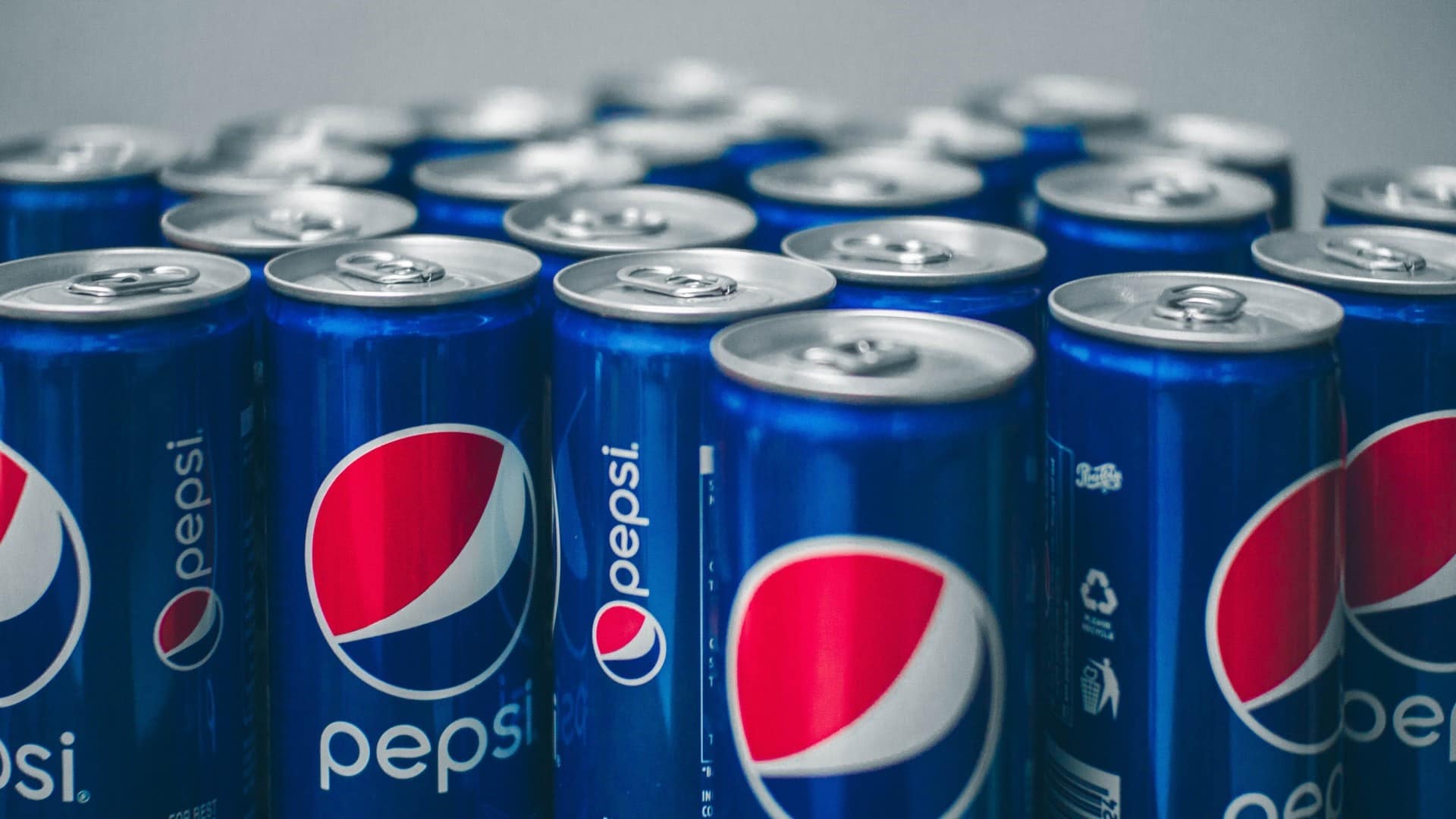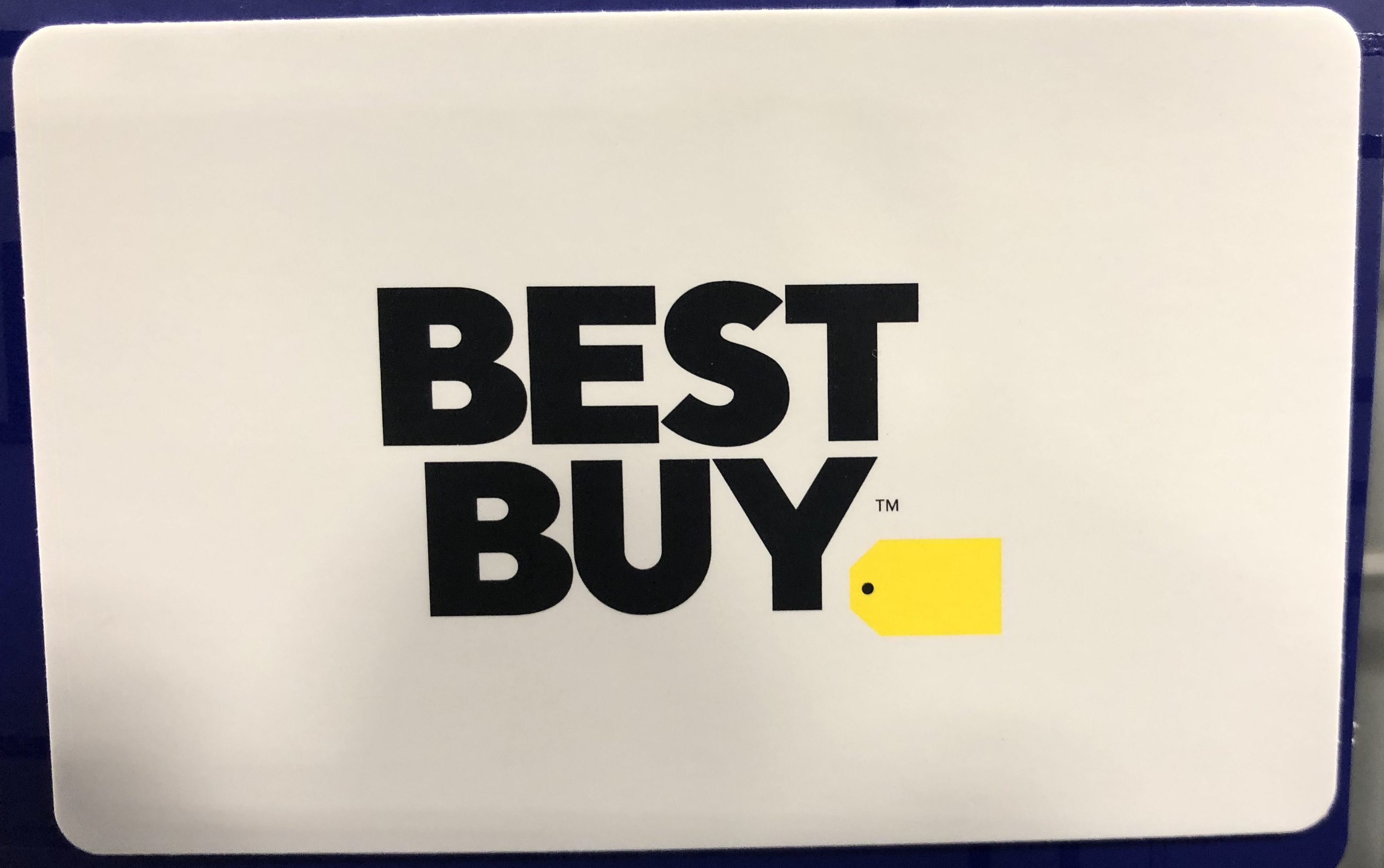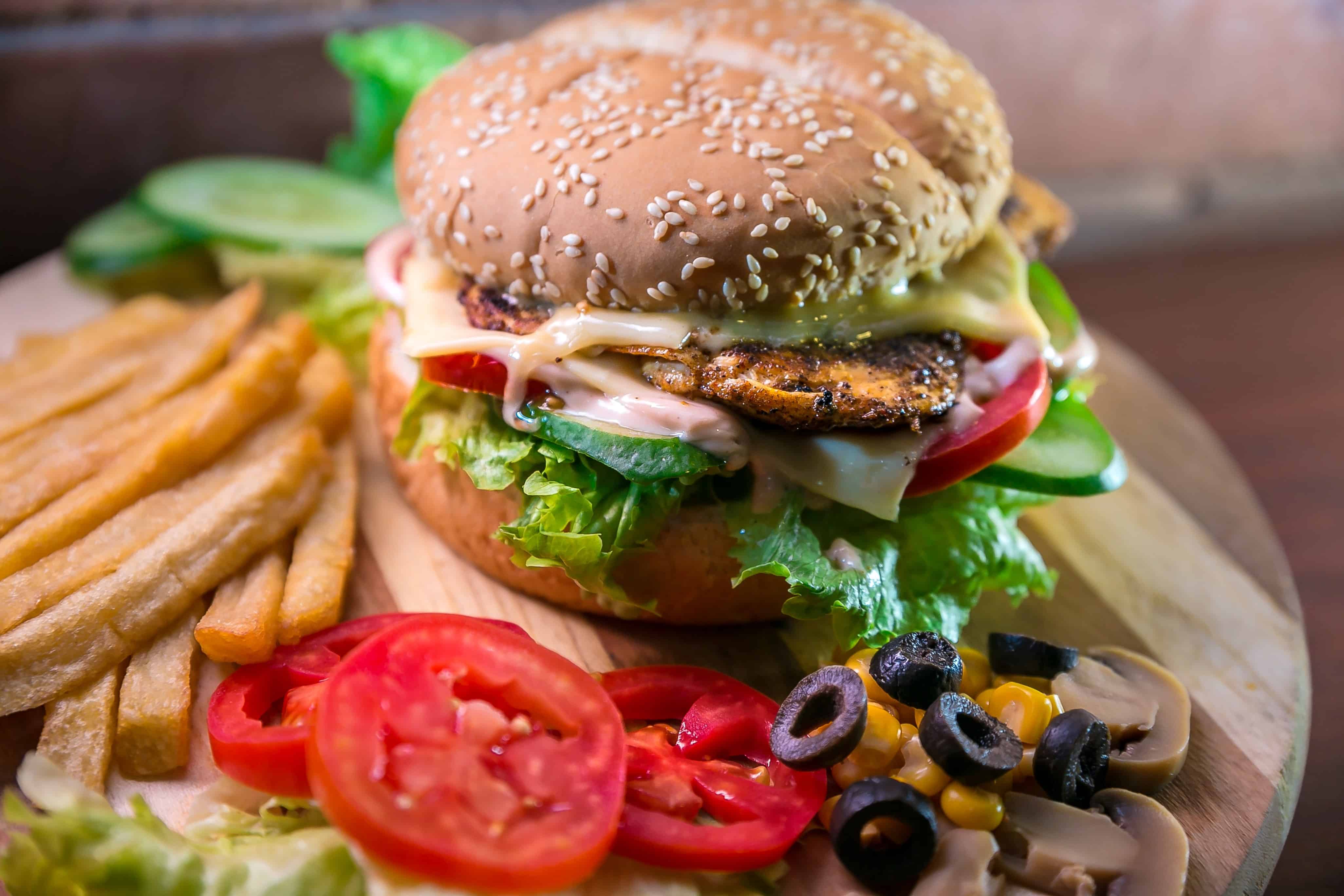Company: Kroger
Founder: Bernard Kroger
Year founded:1883
CEO: Rodney McMullen
Headquarter: Cincinnati, Ohio, United States
Employees (2022): 420,000
Type: Public
Ticker Symbol: KR
AnnualRevenue (FY 2021): $137.9 billion
Profit | Net income (FY 2021): $1.7 billion
Products & Services: Gerbes | Baker’s | City Market | Dillons | Foods Co | Fred Meyer | Food 4 Less | Fry’s | Simple Truth
Competitors: Safeway | Costco | Target | Walmart | KMart | Publix | Whole Foods Market
Fun Fact: Kroger was the first supermarket surrounded by parking lots on all sides, adding to the top of its many innovations.
Kroger Strengths
1. Big business size
Kroger draws its main strength from the fact that it is a huge business. Customers can find a wide range of items under the same roof. These include pharmacy services, petrol, organic foods, groceries, jewelry, and home products, among others. These are just a few of the many items customers can expect to get when they visit Kroger.
In a nutshell, the supermarket has managed to position itself as a one-stop shopping point. Kroger operates 2,726 supermarkets across 35 states in the United States, serving over 60 million households annually.
2. Fuel points for customers
Customers shopping at Kroger earn one fuel point for every dollar they spend at the supermarket. Accumulating up to 100 points gets customers discounted rates on their fuel refills.
That helps the supermarket to attract a high number of customers because many are eager to take advantage of these offers. The offers prove worthwhile because various brands get a chance to sell and remain in business.
3. Strong brand name locally
A company’s brand name has a direct impact on its sales and market reach. The brand Kroger is distinctive and authentic, especially for the local market in the US, and customers can easily remember it and feel endeared to the brand. The brand sticks in their minds, maintains trust and upholds the company’s relevance. Kroger was ranked #21 by Fortune 500 in 2022.
4. Effective marketing strategy
Kroger has been successful in its marketing campaigns, which often end up achieving set goals. Kroger has partnered with several agencies to increase marketing efficiencies in different channels.
For example, Kroger partnered with Magnite, a sell-side advertising platform, to do connected TV marketing. Thanks to the close focus on marketing as an integral part of the business, Kroger manages to pull in more traffic and register a high number of sales.
5. Provides variety in product formats
Customers maintain loyalty to Kroger because of the variety that the supermarket offers them. Kroger’s supermarkets offer over 14,000 private-label items sold under three tiers with different pricing strategies.
6. Best place for grocery shopping
Kroger now stands out as one of the best places for grocery shopping because of its competitive prices. The supermarket sells a variety of vegetables, fruits, and groceries at discounted rates, attracting customers looking for a reasonable price. Customers have the freedom of selection since there is no middle person trying to convince them to go with a particular brand.
7. Digital account option
You can link your Kroger Shopping Card to a digital account to load coupons online as opposed to carrying clipped coupons to the store. Additionally, you can use the digital account to track shopping lists, fuel points, and prescriptions. That serves as a convenient way of shopping for all your items.
8. Free Friday Download offers
Kroger runs Friday offers that customers can capitalize on to save money. Customers can visit the official website on Friday to randomly get coupons for free items. Some of the offers given in the past include candy, pet food, yogurt, and bread. Even though you can claim coupons only on Friday, you can use them any time in the next two weeks.
9. Customer’s trust
Kroger uses different strategies to gain customer trust. From coupon points to a secure shopping environment, customers have every reason to keep coming back to the supermarket. All customer complaints are treated seriously and addressed promptly.
As the company explains, gaining customer trust is central to its operations. The blue color in the logo means putting the human soul, honesty, and integrity before money. Customers have demonstrated high loyalty to Kroger, and around 96% of transactions are tethered to a Kroger loyalty card.
10. Strong commitment to charity
Kroger employees rescued nearly 500 million pounds in the past five years through the Zero Waste Food Rescue program. In the meantime, the company donated $1 billion for hunger relief and directed 2.3 billion meals to help end hunger. These charitable moves would further help establish a brand image among its customers.
Kroger Weaknesses
1. Lack of international presence
Kroger has created one of the biggest supermarkets in the US. However, it has not successfully covered the whole of the United States because it currently only has a presence in 35 states.
Moreover, the supermarket has not gone international compared to its competitor Walmart. The lack of geographical expansion means it has a hard time balancing bad performance from one geographical region with better performance elsewhere. Thus, Kroger is often hit hard by economic issues in the US market.
2. High running costs
High operating expenses subsequently reduce the profit margins that Kroger would enjoy. Thus, the company is left with less money for re-investing in the business and growing the organization.
These operating expenses can be seen in how much Kroger spent in 2021. It paid to the tune of $134.4 billion in operating expenses, which is around 97.4% of total revenue. Furthermore, it now has almost half a million employees on its payroll. That means a lot of money goes to employees’ wages, which subsequently eat into profits.
3. Numerous controversies
As much as Kroger enjoys a loyal customer database, it still deals with several controversies. For instance, the store was recently found guilty of contravening child labor laws. There was also a time an ex-employee filed a lawsuit for being unfairly fired despite stopping a shoplifting attempt. Such controversies have a negative impact on Kroger’s brand image.
4. High debt and liquidity risks
Kroger has a significant debt on its balance sheet and a debt-to-equity ratio of 80%. Thus, Kroger has limited room to raise debt for expansion and business development. In addition, with a current ratio of 75%, there could be possible liquidity problems for the company.
Kroger Opportunities
1. International expansion
Kroger can look into expanding internationally as a major growth area. Similar to how its competitors have done, going global brings onboard new customers that increase revenue generated. Besides that, it also needs to come up with a plan for opening stores in all 50 US states.
2. Prioritize organic food
There is a sudden rise in the demand for organic food. As this demand increases, it can serve as an opportunity for Kroger to further add variety to the items in store. Bringing more organic food brands can help increase sales and generate more profit.
3. Digital opportunities
Korger could greatly benefit from the current trend of digitalization. For example, Kroger launched Pickup, a service that allows customers to order products online and pick them up at a predesignated store. This service has gained huge success, and Kroger has great potential to integrate more digital services into its business model.
Kroger Threats
1. Economic risks
The upcoming recession in the world economy would devastate Kroger, especially considering that the company only operates in the US and has no other regions to offset bad performance.
Rising costs of raw materials would force Kroger to either raise prices, which would drive customers away or shrink profit, which will negatively impact the already-thin margins.
2. Intensified competition
Increasing competition from the likes of Walmart, Target, and Amazon means Kroger has to invest more in marketing to remain relevant.
3. Threats from E-commerce platforms
E-commerce stores like Amazon have been expanding their offerings, gradually taking a share in the groceries market while reducing Kroger’s revenue. These tech companies, who have already had many years of developing online businesses, also pose threats to the growth of Kroger’s E-commerce marketplace.
References & more information
- Featured image by Rithika Gopalakrishnan
Tell us what you think? Did you find this article interesting? Share your thoughts and experiences in the comments section below.












Add comment